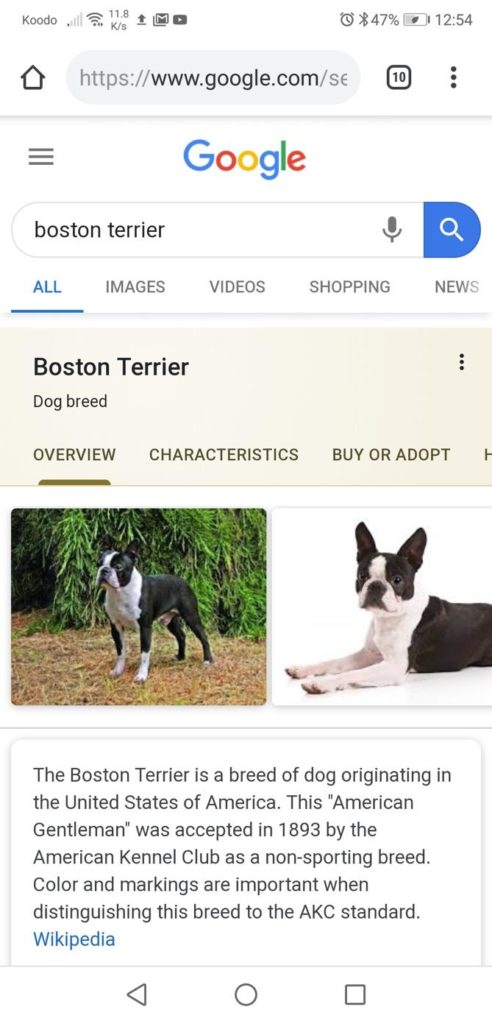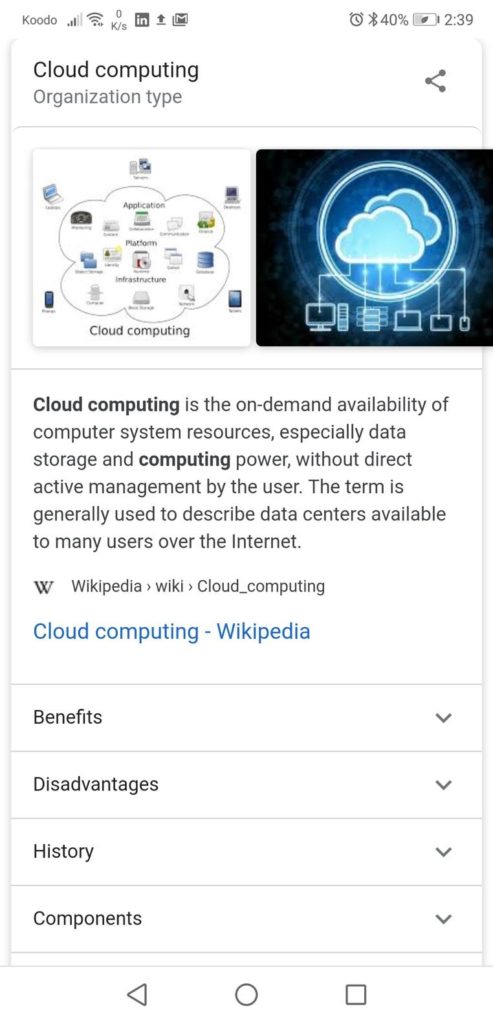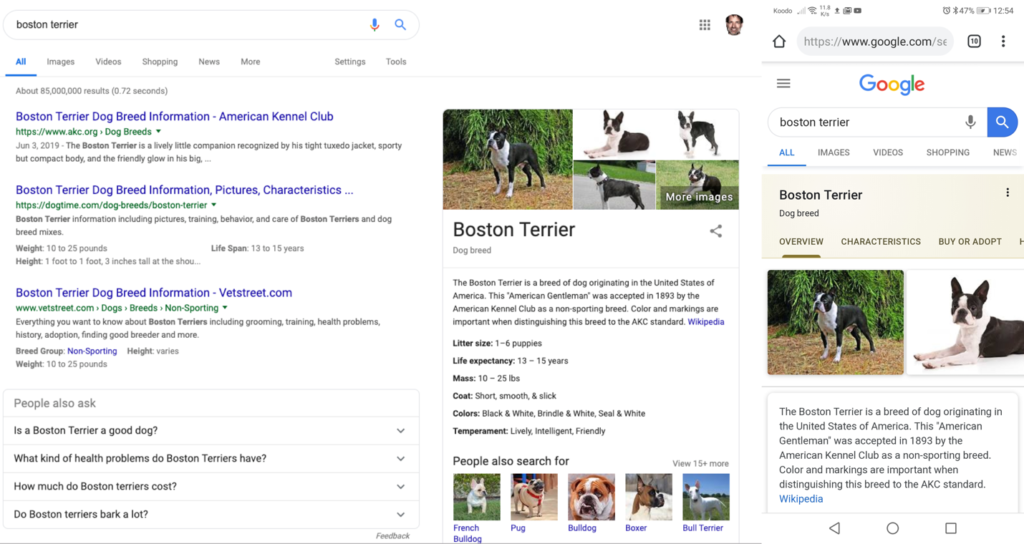
Last year Google added a Topic Layer to its Knowledge Graph. “The Topic Layer is built by analyzing all the content that exists on the web for a given topic and develops hundreds and thousands of subtopics,” wrote Nick Fox, Vice President of Product & Design, on Google’s blog.
If you still believe that creating content for search is all about keywords, you’re wrong. Topic is the new keyword and marketers need to adjust their strategies if they want to succeed. In this post, I take an in-depth look at the Topic Layer is, how it works, and how content strategists can optimize their content for post-Topic Layer search.
What is Google’s Topic Layer?
Google’s Knowledge Graph was its attempt to provide a richer search experience by associating content with people, places, and events. With the Topic Layer, Google’s engineers are trying to provide semantically related concepts that help get searchers to the next step. It’s kind of like an automatic topic outline that dynamically changes depending on the search term.
The idea is that Google can tailor its results to potential intent profiles based on someone searching for a particular topic. The most applicable use cases are going to be in both web and mobile experiences, of which mobile is the most interesting.
In the latter case, limited screen space makes getting to that next step in the buyer journey even more challenging. What’s really interesting is that most of the examples exhibiting the new Topic Layer occur in mobile search experience on intent fractured queries.
Those queries are search terms behind which there could be many reasons (or intents) for using that term. For example, a searcher could type in the term washing machine because:
- They’re researching washing machines and want to read reviews, comparisons, and costs.
- They want to buy a washing machine and are looking for the nearest physical location.
- They’re new to the country and want to know what a washing machine is.
- They need repair advice.
- They need parts to repair their washing machine.
Let’s take a look at some examples of how the Topic Layer appears in search results.
How Does Google’s Topic Layer Function?
In the example below, Google has understood the term Boston Terrier as the dog breed. That’s the knowledge graph at work. Google also delivers a menu of related concepts that match intent profiles—all courtesy of the Topic Layer.
It’s like Google has given you an outline or overview of the topic. (More on how you can take advantage of this in a minute.)

It’s important to remember that the related subtopics aren’t predetermined. The categories will change with every search; even a search for a different breed of dog will yield something else.
Look at the results for pug and you’ll notice that videos is an option. That’s because there is a significant number of movies featuring pugs and Google has determined this to be an important subtopic as it is related to pugs.

The Topic Layer reveals itself differently, according to the search. Unlike the previous examples, the next example presents something conceptual and not physical. The intent behind cloud computing, an organizational type, is predominantly research focused.
Google has identified some related concepts, including benefits, disadvantages, history, and components. If you’re a content strategist for a cloud computing website, the search engine is giving you a heads up.

One interesting thing is that the Topic Layer merges variants and topics, trying to focus them on detailing the whole search journey. If you’re searching for a topic in a heavily intent fractured scenario, Google’s goal is to present the entire potential research or purchase journey.
Topic Layer in Mobile and Desktop Environments
The experience between mobile and desktop is unalike because the user desires are slightly different. In the desktop version (below left), Google presents a Knowledge Graph card and a People also ask section, while the mobile experience (below right) shows the buyer journey prompters.

Most likely, Google prioritized implementation of the Topic Layer for mobile. However, over time we should expect the desktop experience to be closer to that of mobile.
What Are the Implications for Content Strategists?
Your goal when writing content is to answer the next questions. For example, an article on Koi pond pumps should mention how to match a pump with the size of the pond, since that’s typically one of the next questions buyers will have. Make sure your content teases or covers the next questions in the journey you are publishing.
This will enable Google to present that journey and give context to it, even if someone doesn’t know the next steps. Now Google can help provide inspiration as what to do next when someone is moving along their journey, whether that’s buying or researching.
To get ahead of that, you want your content to appeal to all stages of the cycle. You need content that addresses common answers and covers all of those that matter.
Going back to the Boston Terrier example, you can combine all those related concepts to create a comprehensive guide. So, you want to have the best content covering health, names, training, buying, adopting, grooming tips, and so on.
Google is giving you an outline—but there is a caveat. It only works in a small number of searches and those that are heavily fractured. The lower the level of intent fracture, the less likely for you to get these action prompters. So, you’re not going to see it in a search where the intent is very clear.
Events, Resources, + More
New Data: Content Ops + AI
Get the latest report from the world's largest study of content operations. Benchmarks, success factors, commentary, + more!
The Ultimate Guide to End-to-End Content
Discover why + how an end-to-end approach is critical in the age of AI with this comprehensive white paper.
The Content Advantage Book
The much-anticipated third edition of the highly rated book by Colleen Jones is available at book retailers worldwide. Learn more!
20 Signs of a Content Problem in a High-Stakes Initiative
Use this white paper to diagnose the problem so you can achieve the right solution faster.






Comments
We invite you to share your perspective in a constructive way. To comment, please sign in or register. Our moderating team will review all comments and may edit them for clarity. Our team also may delete comments that are off-topic or disrespectful. All postings become the property of
Content Science Review.